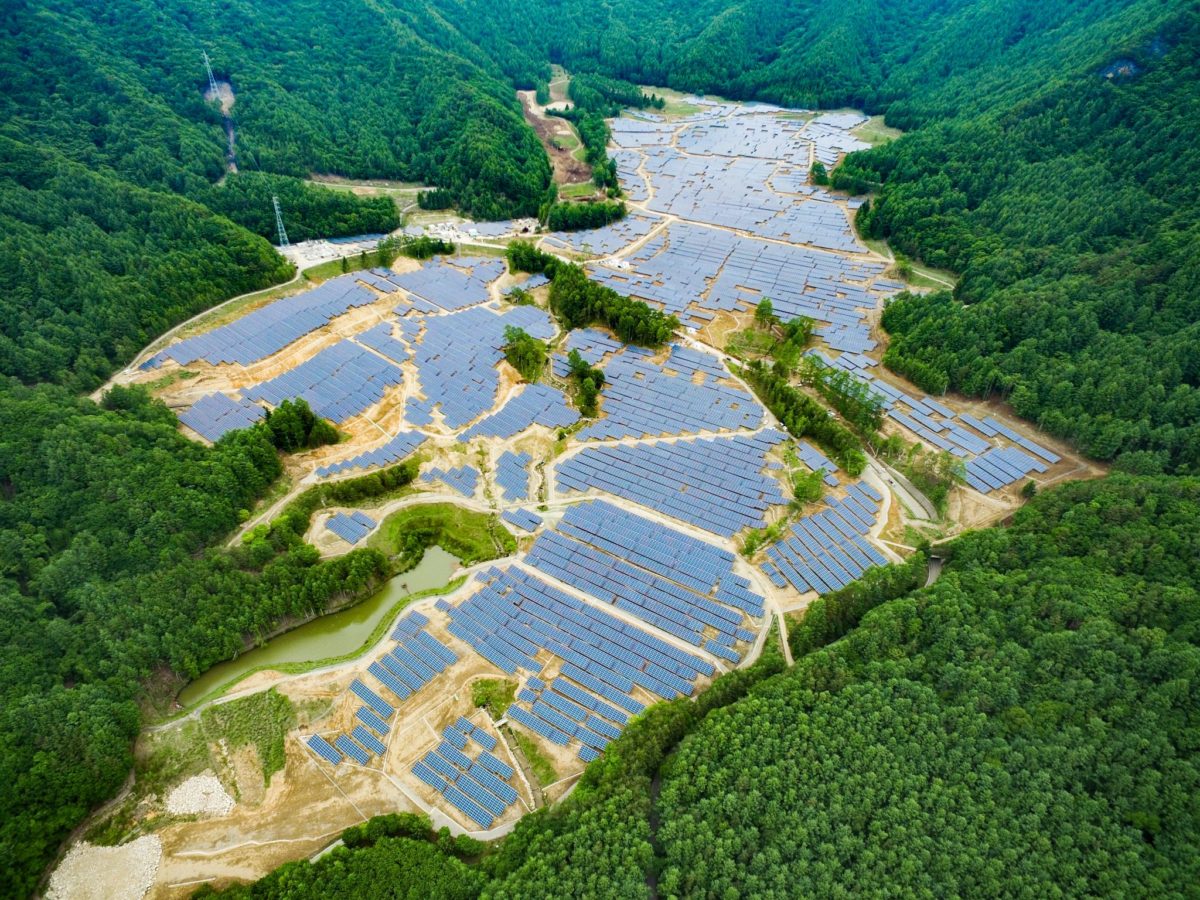Japan's Ministry of Economy, Trade and Industry (METI) has published the feed-in tariffs (FITs) it proposes to apply to solar installations with a capacity ranging from 10 to 250 kW and the feed-in premiums (FIPs) it wants to assign to solar projects over 250 kW that are selected through the country's auction scheme in 2022.
The ministry has set a fixed FIT of ¥11 ($0.096)/kWh for PV systems with power capacities of between 10 and 50 kW and a FIT of ¥10 ($0.087)/kWh for installations with capacities of 50 to 250 kW. Both these project categories will be granted fixed tariffs without having to be selected in the procurement scheme, although projects belonging to the second group will be given the chance to participate in auctions awarding feed-in premiums and will be included, for the procurement exercises, in the 50-1000 kW group.
For the latter, the METI has set a ceiling price of ¥10 ($0.087)/kWh and has decided to exclude all PV systems connected to the grid before January 17, 2022. Through the auction scheme, the minister hopes to allocate 665 MW of solar capacity across three different auctions.
Both the FITs and feed-in premiums will be valid for 20 years and will also apply to agrivoltaic and floating PV installations.
“These FITs are not expected to encourage the expansion of solar power generation in Japan,” said Japanese PV expert Takeshi Magami.
Popular content
Magami told pv magazine that the new FIT levels will not make projects profitable, as the cost of constructing solar power generation facilities in Japan is rising. “At present, the necessary business profitability can only be secured at a FIT price of about ¥14/kWh. It appears that METI is not looking to expand solar power generation through these FITs, but simply to keep FITs alive. This is because the Japanese government has not set a target for the introduction of solar power under FITs. For that reason, the current FITs are not consistent with the Japanese government's renewable energy introduction targets for 2030.”
According to his estimates, the cost of solar projects has grown by around 20% from last year, and the tariffs are now being reduced by 10% compared to 2021 levels. “In 2021, Japan should have deployed between 4 and 5 GW of new PV capacity, as there are still unutilized projects from past FITs,” Magami further explained. “In 2022, there will be no more of these unfinished projects, and if the Japanese government does not expand its support measures, the newly installed solar power is estimated to be no more than 3 GW.”
The METI allocated 675 MW of PV capacity across three different auctions in 2021. “The average bid price ranged from ¥10.31/kWh to ¥10.82/kWh, with the lowest bid price at ¥10.23/kWh,” Magami emphasized, noting that all these prices are significantly above the ceiling price proposed for this year's procurement exercises.
This content is protected by copyright and may not be reused. If you want to cooperate with us and would like to reuse some of our content, please contact: editors@pv-magazine.com.



Thank you for sharing